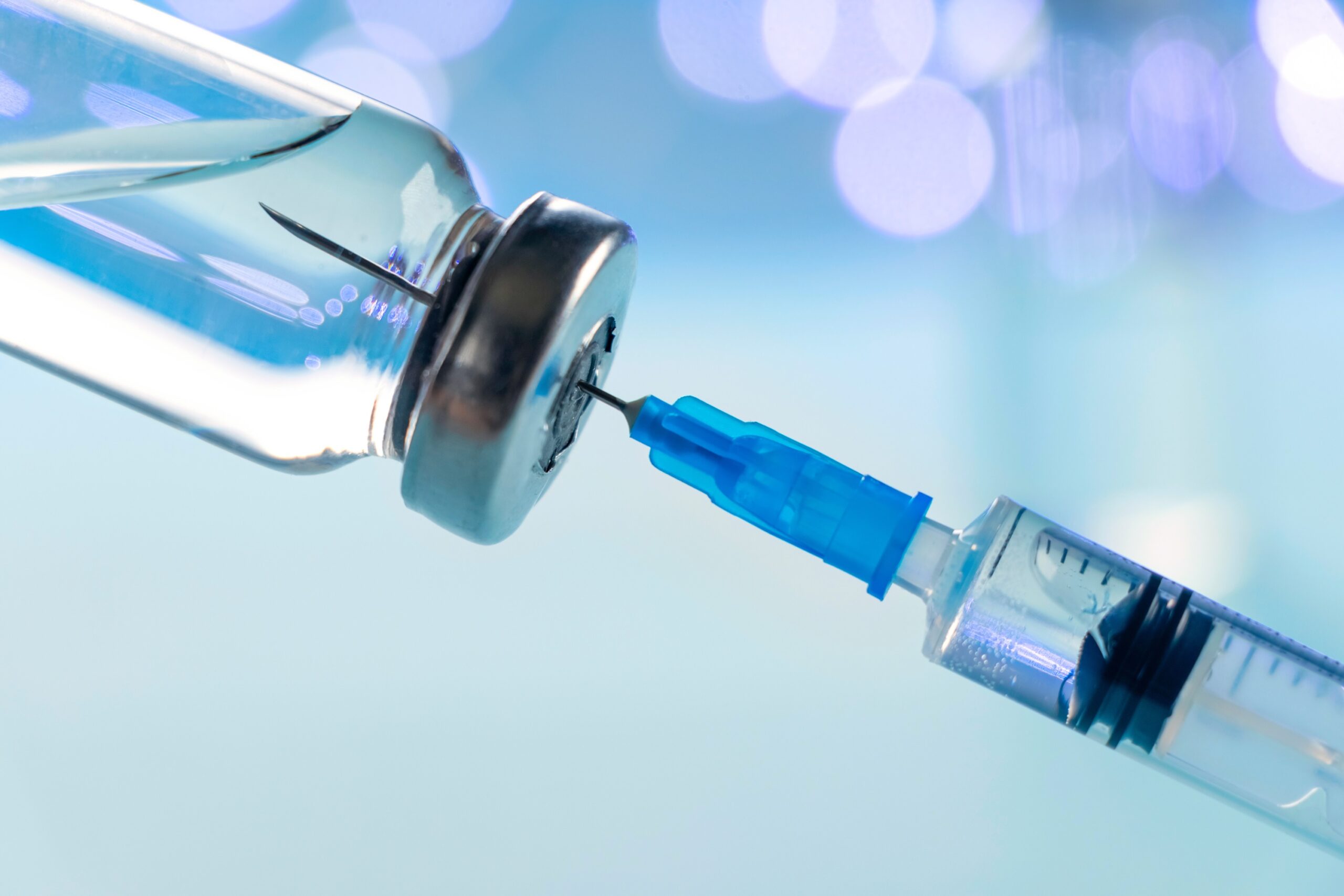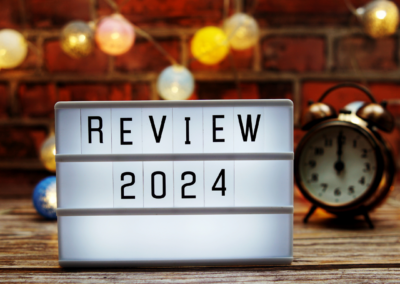Despite rigorous controls and well-established procedures, issues can arise during pharmaceutical production that require a formal investigation to identify the root cause, implement corrective actions, and prevent recurrence. Conducting thorough manufacturing investigations is not only a regulatory requirement, but also a critical step in maintaining product integrity, minimizing costly disruptions, and preserving public trust. This blog will outline the steps and best practices for conducting an effective manufacturing investigation in the pharmaceutical space.
1. Identify and Contain the Issue
The first step in any manufacturing investigation is identifying the issue, which could be anything from a batch discrepancy to a contamination event or equipment failure. As soon as the issue is identified, immediate actions should be taken to contain it. This could involve stopping production, isolating affected batches, and notifying relevant stakeholders, including quality assurance teams and regulatory authorities, if necessary. Containment prevents the issue from spreading or affecting additional products and helps ensure that investigations can be conducted under controlled conditions.
2. Assemble a Cross-Functional Team
Investigations in pharmaceutical manufacturing require a multidisciplinary approach. A cross-functional team should be assembled that includes representatives from manufacturing, quality assurance, engineering, and other relevant departments. Each team member brings unique expertise to help understand the problem and contribute to identifying its root cause. For example, production staff may provide insights into process deviations, while quality assurance can ensure that all actions are compliant with Good Manufacturing Practices (GMP).
3. Collect Data and Documentation
Data collection is at the heart of any manufacturing investigation. All relevant records, such as batch production records, maintenance logs, calibration reports, and operator training records, should be reviewed to identify potential sources of deviation or failure. Additionally, environmental monitoring data and laboratory test results may provide important clues about what went wrong. It is crucial to collect both quantitative and qualitative data to get a full picture of the issue.
Documentation plays a key role in regulatory compliance, so maintaining thorough and accurate records throughout the investigation process is essential. This ensures that the investigation can be presented to regulatory authorities if needed and serves as evidence that the company has acted responsibly to address the issue.
4. Perform Root Cause Analysis (RCA)
Once data has been collected, the team can begin performing a Root Cause Analysis (RCA). Several methods can be used to identify the root cause, such as the “5 Whys” technique or a fishbone diagram (Ishikawa diagram). The goal is to determine the underlying reason for the manufacturing deviation or failure, not just the symptoms. For example, if equipment malfunctioned, the RCA would explore why the malfunction occurred—was it due to insufficient maintenance, improper operation, or a design flaw?
It’s important that the investigation remains objective and data driven. Relying on assumptions or blaming individuals can lead to incomplete findings and hinder long-term solutions.
5. Implement Corrective and Preventive Actions (CAPA)
Once the root cause is identified, it’s time to develop and implement corrective and preventive actions (CAPA). Corrective actions are designed to address the immediate issue and may include reworking or discarding affected product batches. Preventive actions aim to mitigate the risk of the issue recurring in the future. This could involve revising Standard Operating Procedures (SOPs), improving training for staff, or upgrading equipment.
CAPAs must be carefully planned and documented, with clear timelines for implementation and accountability assigned to specific team members. It’s also critical to monitor the effectiveness of these actions over time to ensure they successfully prevent future incidents.
6. Report and Communicate Findings
Once the investigation is complete, it is important to compile a detailed report that summarizes the findings, root cause, and CAPAs implemented. This report should be communicated to all relevant stakeholders, including regulatory authorities, if applicable. Transparent and clear communication is crucial for maintaining trust and ensuring that all parties are aware of the corrective actions being taken.
7. Follow Up and Continuous Monitoring
After CAPAs have been implemented, continuous monitoring is necessary to confirm that the issue has been fully resolved and that similar problems do not recur. Regular audits, process checks, and ongoing employee training can all contribute to a stronger, more robust manufacturing process. If new issues arise, they should be addressed quickly, and the investigation process should be revisited as necessary.
How EMMA International Can Help
Conducting manufacturing investigations in the pharmaceutical industry requires a structured, disciplined approach that is grounded in regulatory compliance and quality management. EMMA International has deep expertise in managing these complex investigations. Whether it’s leading a Root Cause Analysis, implementing effective CAPAs, EMMA International ensures that pharmaceutical companies meet all regulatory requirements while improving the efficiency and reliability of their manufacturing processes. By partnering with EMMA International, companies can confidently navigate manufacturing challenges, reduce downtime, and maintain the highest standards of quality in their operations. Ready to learn more? Our experts are available 24/7 at 248-987-4497 or by emailing info@emmainternational.com.





